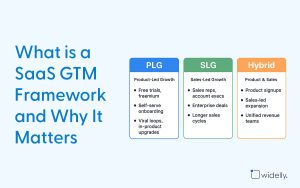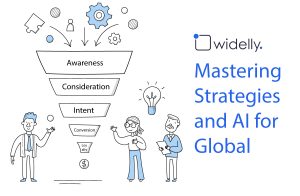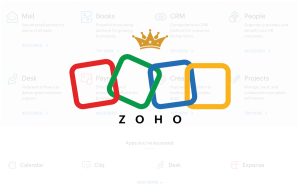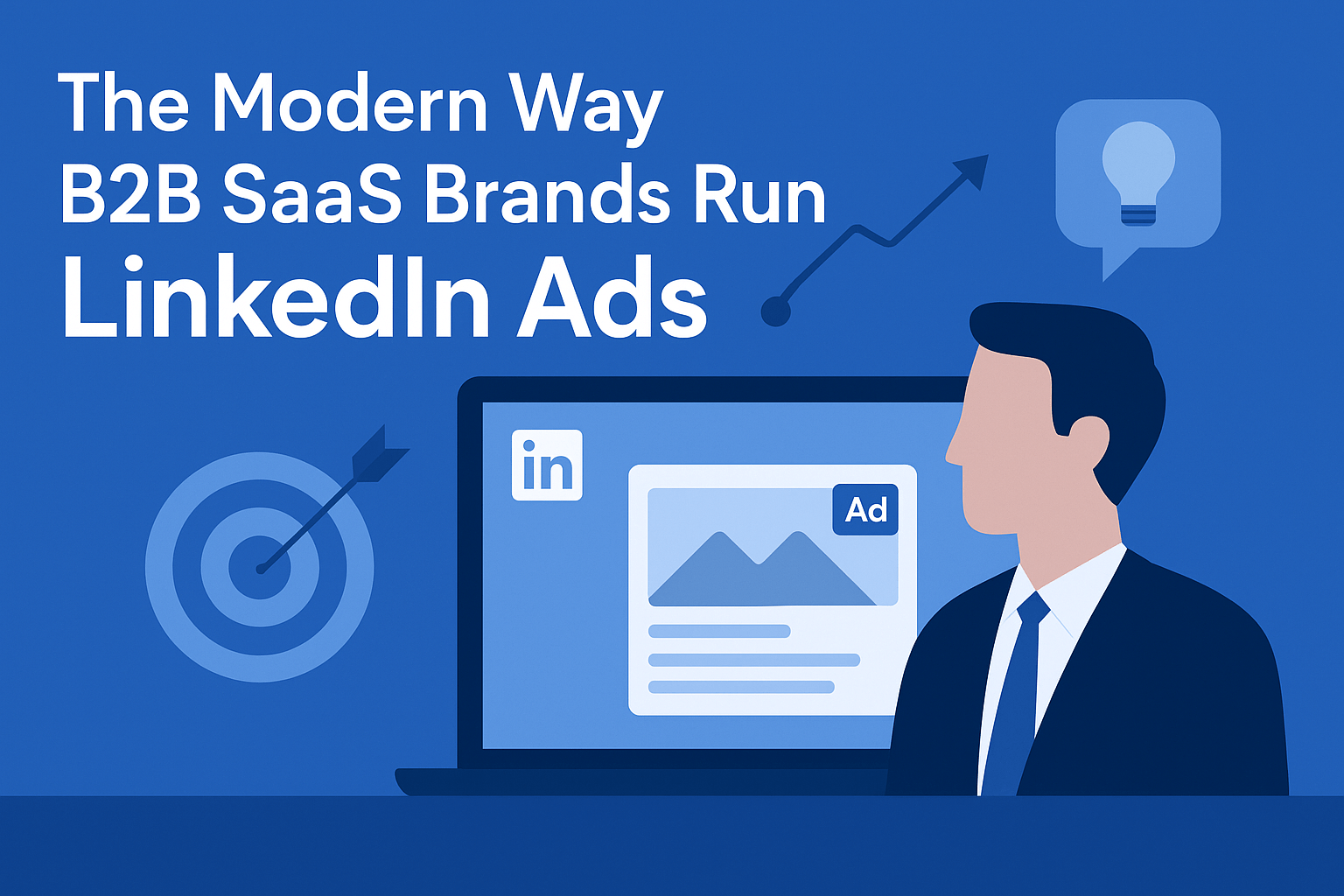Introduction: Why LinkedIn Ads Still Matter for B2B SaaS
LinkedIn has become the go-to platform for B2B SaaS marketers to connect directly with decision-makers.
Yet, running effective LinkedIn Ads can feel like playing chess on expert mode.
Many brands struggle with:
- High CPCs (Cost per Click) and low engagement rates
- Audience fatigue due to limited ad inventory
- Weak creative that fails to stand out in the feed
- Attribution headaches, proving ROI and pipeline impact
But when done right, LinkedIn Ads can deliver the highest-quality leads and long-term revenue lift of any paid channel.
That’s why we built this Modern LinkedIn Ads Guide, based on six years of running multi-million-dollar campaigns for B2B SaaS clients.
What You’ll Learn in This Guide
This guide walks you through the 10 essential pillars of successful LinkedIn advertising:
- Goals – Always realistic, always achievable
- Targeting – The non-violent way to attract buyers
- Messaging – Because shouting “AI-driven” isn’t enough
- Ad Creative – The least bland part of marketing
- Landing Pages – Don’t imprison buyers on one page
- Campaign Strategy & Media Allocation – The bread that holds it all together
- Measurement & Attribution – Proving it works (so you can keep your job)
- Optimization – The less you change, the more you know what works
- LinkedIn Playbooks – Ideas are great, execution is better
- QA Checklist – Because proofreading still matters
What Are LinkedIn Ads?
LinkedIn Ads are paid promotions inside LinkedIn’s Campaign Manager, the professional advertising platform built for B2B growth.
They include:
- Sponsored Content (native posts in feeds)
- Message Ads / InMail (personalized messages)
- Text Ads & Dynamic Ads (sidebar promotions)
- Video Ads (for awareness and storytelling)
- Lead Gen Forms (collecting data directly on LinkedIn)
Why B2B SaaS Loves LinkedIn:
- Access to high-intent professional audiences
- Accurate targeting by job title, seniority, company size, or skill
- Brand credibility among decision-makers
- Measurable pipeline influence
However, LinkedIn ads come with a premium price tag. CPCs can reach $6–$10+, so optimization and strategy are everything.
Common Problems B2B Brands Face on LinkedIn
| Problem | Why It Happens | Result |
|---|---|---|
| High CPC / Low CTR | Overly narrow targeting or generic creative | Poor ROI |
| Audience Fatigue | Limited reach, repetitive creatives | Declining engagement |
| Attribution Confusion | Long B2B sales cycles | Hard to prove ROI |
| “Bland” Messaging | Generic buzzwords like “AI-driven” | Scroll-past syndrome |
| Poor Optimization | Random tweaks, unclear testing | Lost learning |
| Weak Landing Pages | Too many fields, poor UX | Drop-off before conversion |
Our guide solves each of these with proven frameworks and tactics.
The 10 Pillars of Winning LinkedIn Ads for B2B SaaS
1. Goals: Realistic and Easy to Hit
- Set one objective per campaign (awareness, demo requests, content downloads).
- Define KPIs tied to business goals (CPL, pipeline contribution, SQL rate).
- Use SMART goals: Specific, Measurable, Achievable, Relevant, Time-bound.
2. Targeting: The Non-Violent Way to Attract Buyers
- Start broad, refine over time.
- Use Matched Audiences (uploaded company or contact lists).
- Avoid hyper-narrow filters (keep audience sizes 50k–300k).
- Use retargeting for users who already engaged.
- Test job function vs. title vs. skill to find cost-efficient reach.
3. Messaging: Because “AI-Driven” Isn’t Enough
- Lead with pain points and outcomes, not product features.
- Speak to humans, not algorithms.
- Personalize by persona (founder, VP marketing, CTO, etc.).
- Use social proof such as client logos, testimonials, or data points.
- Keep copy short and benefit-driven.
4. Ad Creative: The Least Bland Part of Marketing
- Use faces, real people, and context, not just product screenshots.
- Add movement (GIFs, motion graphics, short videos).
- Highlight one key idea per ad.
- Always A/B test multiple visuals and headlines.
- Refresh creatives every 4–6 weeks to avoid fatigue.
5. Landing Pages: Don’t Imprison Buyers on One Page
- Match ad message and page offer for continuity.
- Keep forms short (name, email, company, job title).
- Use progressive profiling or multi-step forms.
- Optimize for mobile and fast loading.
- Add thank-you pages and follow-up nurture emails.
6. Campaign Strategy & Media Allocation: The Bread Holding It All Together
- Allocate budgets by funnel stage (e.g., 60% performance, 20% brand, 20% test).
- Structure campaigns cleanly by persona or objective.
- Schedule ads to avoid overspending too early.
- Monitor pacing weekly.
7. Measurement & Attribution: Proving It Works
- Integrate LinkedIn Campaign Manager with your CRM.
- Use UTMs, conversion tracking, and multi-touch attribution.
- Track not just leads, but pipeline and revenue influence.
- Review metrics weekly: CTR, CPC, CPL, and SQL rate.
8. Optimization: The Less You Change, The More You Learn
- Change one element at a time.
- Give campaigns 7–14 days before judging performance.
- Use LinkedIn’s A/B test tool or native performance insights.
- Record every test and learning for future optimization.
9. LinkedIn Playbooks: Ideas Are Great, Execution Is Better
Proven campaign types that deliver results:
- Lead Gen Form Ads (for fast conversions).
- Retargeting Video Ads (for brand recall).
- Carousel Ads (for storytelling).
- InMail Campaigns (for personalized outreach).
- Account-Based Campaigns (ABM) for high-value targets.
10. QA Checklist: Don’t Skip This Step
Before launch:
- Check spelling, CTAs, URLs, and UTM codes.
- Verify targeting and exclusions.
- Test forms and conversions.
- Confirm mobile formatting.
- Review ad preview in both light and dark mode.
Real-World Example: Omni Lab’s LinkedIn Ads Post
Omni Lab’s LinkedIn Post demonstrates how modern B2B SaaS marketers can use structured frameworks, creative differentiation, and zero-click content to improve campaign engagement.
This approach emphasizes education over interruption, letting potential buyers learn without pressure, leading to higher trust and better conversions over time.
Frequently Asked Questions (FAQs)
1. What’s the average CPC for LinkedIn Ads in B2B SaaS?
Typically $3–$8+, depending on region and audience. Focus on ROI, not just cost.
2. Should I use LinkedIn Lead Gen Forms or Landing Pages?
Lead Gen Forms reduce friction but limit customization. Test both, use Lead Gen for awareness and landing pages for deeper offers.
3. How long should I run a LinkedIn campaign before optimizing?
At least 7–14 days or until you hit 500+ impressions per ad variant.
4. How do I prove ROI from LinkedIn Ads?
Use CRM and attribution tracking to tie leads to pipeline. Measure revenue influenced, not just leads generated.
5. What type of creative performs best?
Short videos, human imagery, and strong headlines (7–12 words) drive engagement and recall.
Conclusion: The Future of LinkedIn Ads for B2B SaaS
LinkedIn Ads are evolving fast.
As automation, AI-based targeting, and zero-click content continue to shape the landscape, authentic storytelling and smart structure will define the winners.
Success no longer depends on who spends more, but on who connects better.
When you apply these 10 pillars, you’ll:
- Reduce wasted spend
- Improve lead quality
- Prove pipeline impact
- Build a brand people actually want to engage with
Remember, good things take time and thoughtful testing.
Now it’s your turn to run LinkedIn Ads the modern way.
Related Resources
About the Author
Widelly
widelly-admin · 11 articles published
Expert contributor at Widelly, sharing insights on B2B and B2C growth strategies.
Related Articles

What is a SaaS GTM Framework and Why It Matters
In today’s rapidly evolving SaaS landscape, covering everything from small-business tools to enterprise platforms, sustainable…

The Marketing Funnel Updated for 2025: How AI and Authenticity Drive Real Growth
Introduction: Why the Marketing Funnel Still Matters in 2025 In 2025, the marketing funnel continues…

Zoho: The Affordable SaaS Powerhouse Challenging Google, Microsoft, and More
Zoho is a popular software company from India that helps businesses run smoothly. It offers…

